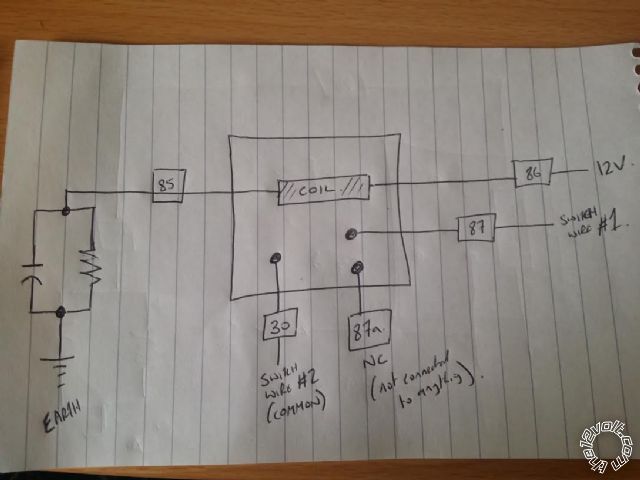Posted: September 19, 2014 at 4:53 AM / IP Logged
Posted: September 19, 2014 at 9:48 AM / IP Logged
Posted: September 19, 2014 at 1:16 PM / IP Logged
Posted: September 19, 2014 at 6:34 PM / IP Logged
Posted: September 19, 2014 at 7:31 PM / IP Logged
Posted: September 22, 2014 at 4:32 AM / IP Logged
Posted: September 22, 2014 at 5:08 AM / IP Logged
Posted: September 23, 2014 at 3:06 PM / IP Logged
Posted: September 23, 2014 at 4:31 PM / IP Logged
Posted: October 15, 2014 at 6:57 PM / IP Logged
Sorry, you can NOT post a reply.
This topic is closed.
 Printable version
Printable version


| You cannot post new topics in this forum You cannot reply to topics in this forum You cannot delete your posts in this forum You cannot edit your posts in this forum You cannot create polls in this forum You cannot vote in polls in this forum |

| Search the12volt.com |
Follow the12volt.com 
Friday, November 1, 2024 • Copyright © 1999-2024 the12volt.com, All Rights Reserved • Privacy Policy & Use of Cookies


Friday, November 1, 2024 • Copyright © 1999-2024 the12volt.com, All Rights Reserved • Privacy Policy & Use of Cookies
Disclaimer:
*All information on this site ( the12volt.com ) is provided "as is" without any warranty of any kind, either expressed or implied, including but not limited to fitness for a particular use. Any user assumes the entire risk as to the accuracy and use of this information. Please
verify all wire colors and diagrams before applying any information.










 To be clear, when the 12V is live (i.e. ignition is on), using this circuit will momentarily connect the two wires of my switch together for a split second, then disconnect them again? If they were to remain connected longer, then this wouldn't work as it would have the effect of pushing and holding the power button. Which would shut the laptop down again.
To be clear, when the 12V is live (i.e. ignition is on), using this circuit will momentarily connect the two wires of my switch together for a split second, then disconnect them again? If they were to remain connected longer, then this wouldn't work as it would have the effect of pushing and holding the power button. Which would shut the laptop down again.